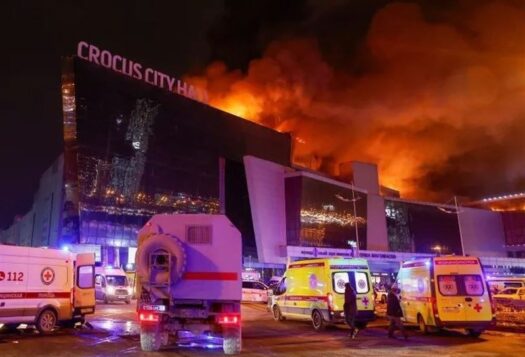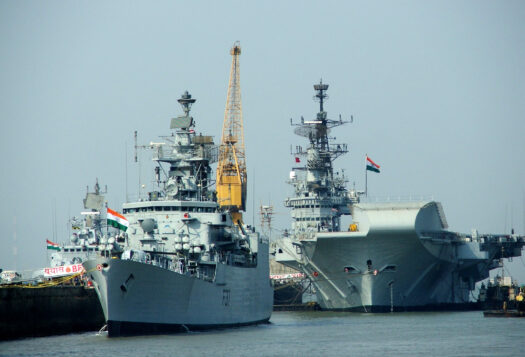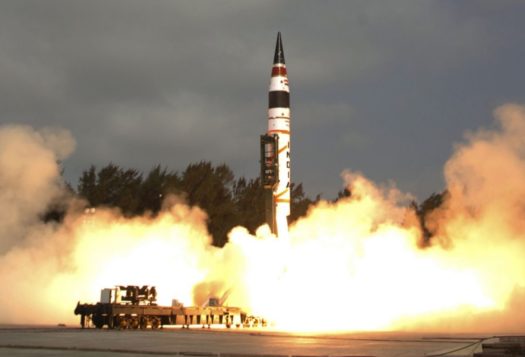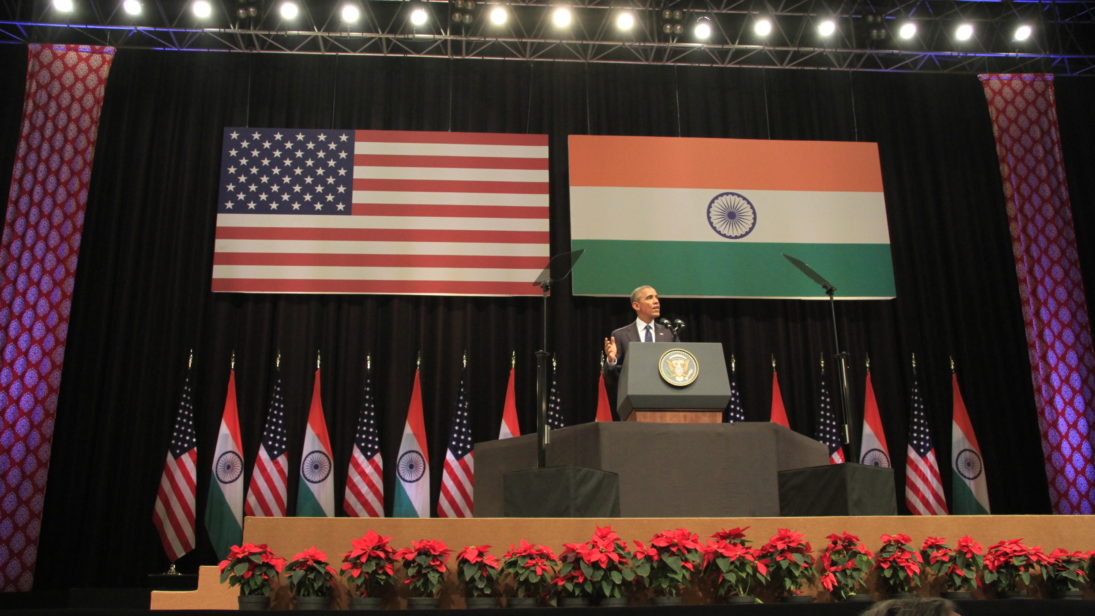
As President Barack Obama’s eight-year tenure at the White House draws to a close, the general consensus is that his foreign policy record is mixed at best. However, on the India front, the president will be closing on a definitive high. U.S.-India ties are stronger today than they were at the beginning of Obama’s first term, and there is a sense of optimism about the bilateral relationship. This outcome is somewhat unexpected because India was hardly a priority for the Obama administration. In fact, the relationship got off to a rocky start in 2009 and it was not until the final years of the Obama presidency that relations began to flourish.
Initial Challenges
After Obama was sworn into office in 2009, the U.S. government and the Congress-led United Progressive Alliance government of Prime Minister Manmohan Singh struggled to match the successes that marked the first half of that decade, most notably the U.S.-India nuclear deal and the 2005 defense framework. The nuclear deal marked a generational leap in bilateral ties and set the stage for a strategic partnership. It also acknowledged India’s “exceptional” position in the emerging world order, which manifested into U.S. support for India’s entry into the nuclear non-proliferation regime. Thus, it would be unfair to expect something on this scale every two, five, or even 10 years.
Regardless, the inability of Singh and Obama to take the deal to its full potential was disappointing. Having spent all of his political capital securing the deal, Singh failed to defend it, resulting in the 2010 Indian nuclear liability law which effectively gutted the deal. In the United States, Obama was so preoccupied with fixing the economy at home that he let his predecessor’s biggest foreign policy achievement fall by the wayside. Moreover, on the few occasions when he did take up issues relating to India in his early years, Obama usually made matters worse. For example, he appointed Richard Holbrooke as his first Af-Pak envoy, whose mandate, which was supposed to extend to India, was curtailed after New Delhi expressed its displeasure with the appointment.
Defense cooperation followed a similar pattern. Both Singh and Obama sought to build on the gains they had inherited, but could only make limited progress. For example, in 2012, they launched the one-of-a-kind Defense Technology and Trade Initiative that was supposed to spur joint development and production of high-end defense platforms, but failed to deliver any big ticket items right away.
On a person-to-person level, Obama and Singh, both sort of professorial, enjoyed a certain level of respect and comfort, which was evident during the state visits of 2009 and 2010. However, this bonhomie was not enough to arrest the decline in bilateral ties, which was marked by sparring at the World Trade Organization and an atrophying defense partnership, exacerbated by unfavorable domestic and global environments. In India, one corruption scandal after another caused the prime minister’s reputation to plummet, and governance was paralyzed on all fronts, including foreign policy. In the United States, Obama’s much-touted “pivot to Asia” – with an eye on China – was having a hard time getting off the ground. At one point, India was supposed to be the linchpin of this pivot, but that too turned out to be a non-starter. Moreover, Obama’s pivot to Asia – and away from the Middle East – was ill-timed. It came when the Arab world was experiencing one of its biggest upheavals, and Obama’s stewardship (or lack thereof) disappointed many, including those in New Delhi’s security establishment.
Obama’s approach to Pakistan and the Afghan war was also criticized in India. Many believed that the United States was fleeing the conflict and leaving India to clean up the mess. Additionally, Obama’s Afghan commitments restrained him from pushing Pakistan on the issue of terrorism, which did not go over well in India. There was frustration on both sides, and just as many wondered if the bilateral relationship had been “oversold,” the 2013 Devyani Khobragade episode damaged relations even further.
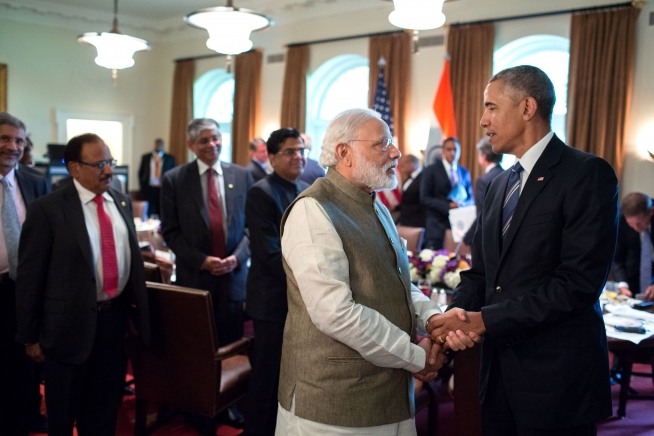
Turning of the Tide
When Narendra Modi was elected prime minister in 2014, it seemed unlikely that the situation would improve. Modi had been on a U.S. visa blacklist for 10 years, and many perceived a temperamental disparity between him and Obama. The assumption was that the United States and India would have a pragmatic, business-only relationship at best.
However, Modi upended these calculations from day one. Not only did he put aside his personal grievances against the U.S. government, but also reached out to President Obama with open arms. Together, they injected new momentum into bilateral ties by joining forces in the fight against climate change and enhancing clean energy cooperation. Both men were passionate about these issues and placed them at the heart of the relationship.
Further, the discourse on climate change was inextricably linked to nuclear energy. These have become the two defining issues of the India-United States bilateral in the 21st century. In fact, one of the first big breakthroughs in bilateral ties was during Obama’s 2015 visit as chief guest for India’s Republic Day celebration when both sides announced that they had come to an understanding over the nuclear liability clause. This set the ball rolling for America’s Westinghouse Electric to begin work on its six nuclear energy reactors in India in the summer of 2016, marking the commercialization of civil-nuclear ties.
It was also during this visit that defense cooperation got back on track. The new bilateral defense framework was signed, and four “pathfinder projects” were announced under the DTTI in addition to cooperation on aircraft carrier and jet engine technology. Months later, Modi cleared the way for two additional major defense deals: the purchase of 15 Chinook and 22 Apache helicopters, which had been stuck in the pipeline for years.
Things began to move quickly thereafter. The U.S.-India Joint Strategic Vision for the Asia-Pacific and Indian Ocean Region, made possible by assertive political leadership in New Delhi, resuscitated the American pivot to Asia. In a related move, in September 2016, the Modi government broke with India’s Cold War apprehensions to sign a key foundational military agreement with the United States. Then, in December, Obama codified India as a “major defense partner,” a unique designation not yet given to any other country.
It is anybody’s guess how President-elect Donald Trump will steer the relationship. However, one can be certain that if he encounters obstacles, the robust institutional framework of the U.S.-India bilateral, buoyed by strong bipartisan support, will help him stay the course.
***
Image 1: Flickr, US Embassy New Delhi
Image 2: Flickr, US Embassy New Delhi
